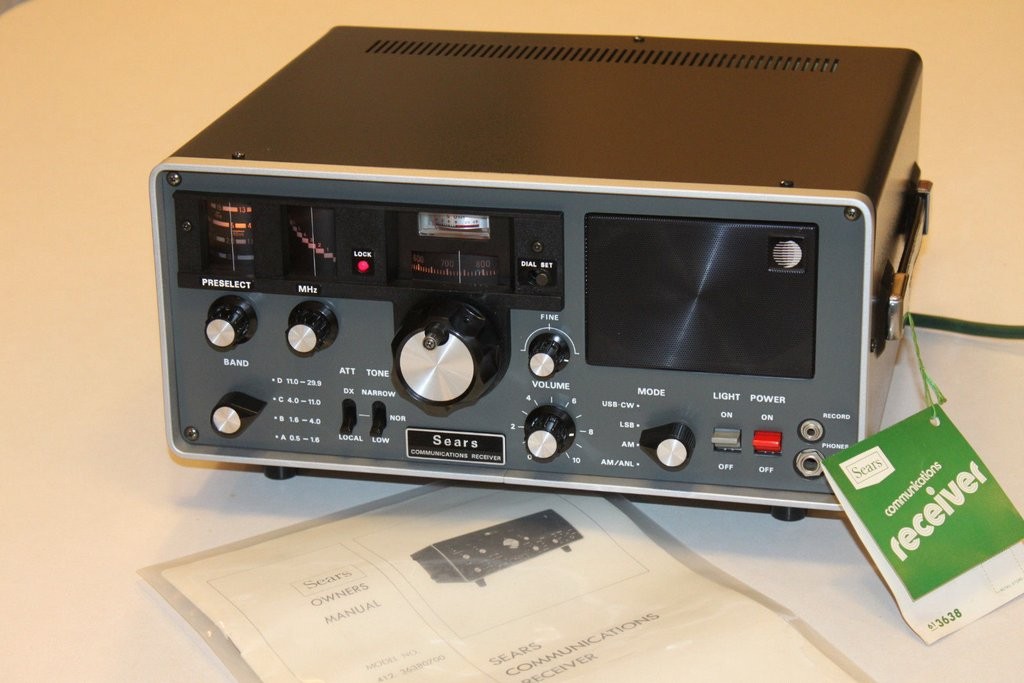
This must be the day for eBay finds! This one will not be a deal (price-wise) unless you’re on the market for a NOS (New Old Stock) classic receiver.
Many thanks to SWLing Post contributor, Mario Filippi (N2HUN), who writes:
On eBay is an auction that is worth watching, just to see what the final bid will be:
Sears 412.36380700 (613638) Yaesu FRG-7 Shortwave Communications Receiver / NOS
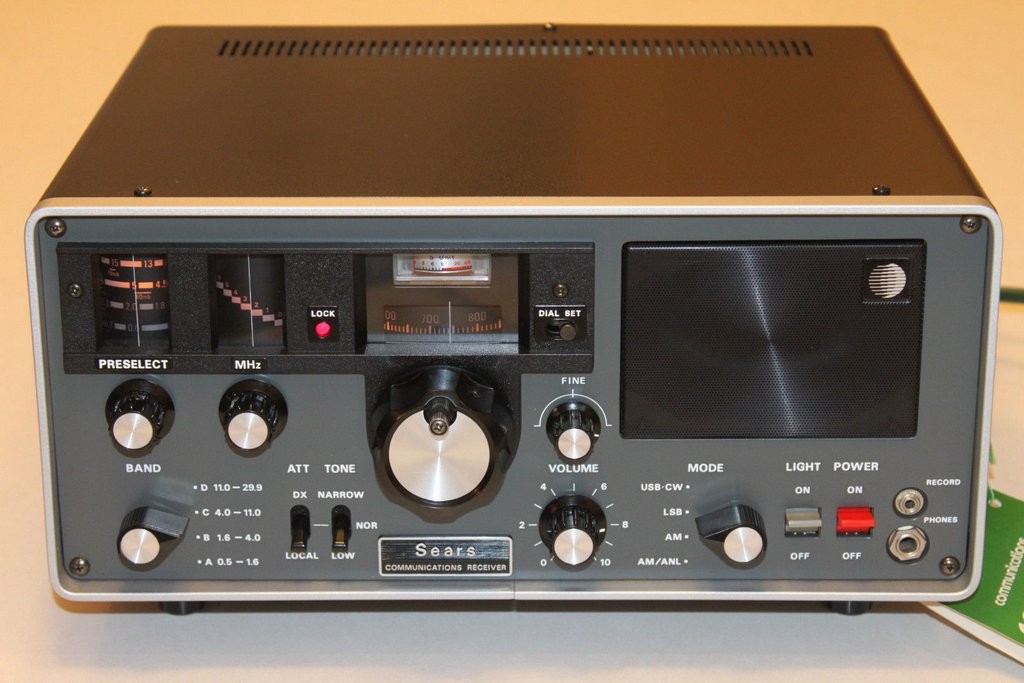
This is a new old stock Sears version of the FRG-7, no different from the Yaesu except it had the Sears name on it.
Used ones have been sold on eBay but this is the first one I’ve seen that was NOS.
Amazing what people have stored away in attics, closets, basements, etc. I had one of the Sears versions years ago. Note that the older versions of the Yaesu FRG-7 did not have the fine tuning knob. This one is apparently one of the later versions.
All round excellent radio, nice big speaker, excellent sensitivity, selectivity, one of the shortwave radio hall-of-famers!
Indeed, Mario! Thanks for the tip! As you say, it will be fun to see how high this listing may go befor ethe bidding ends tomorrow afternoon/evening. It’s rare to find a Sears or Yaesu so pristine.
Here are few more photos I pulled from the listing–click to enlarge:
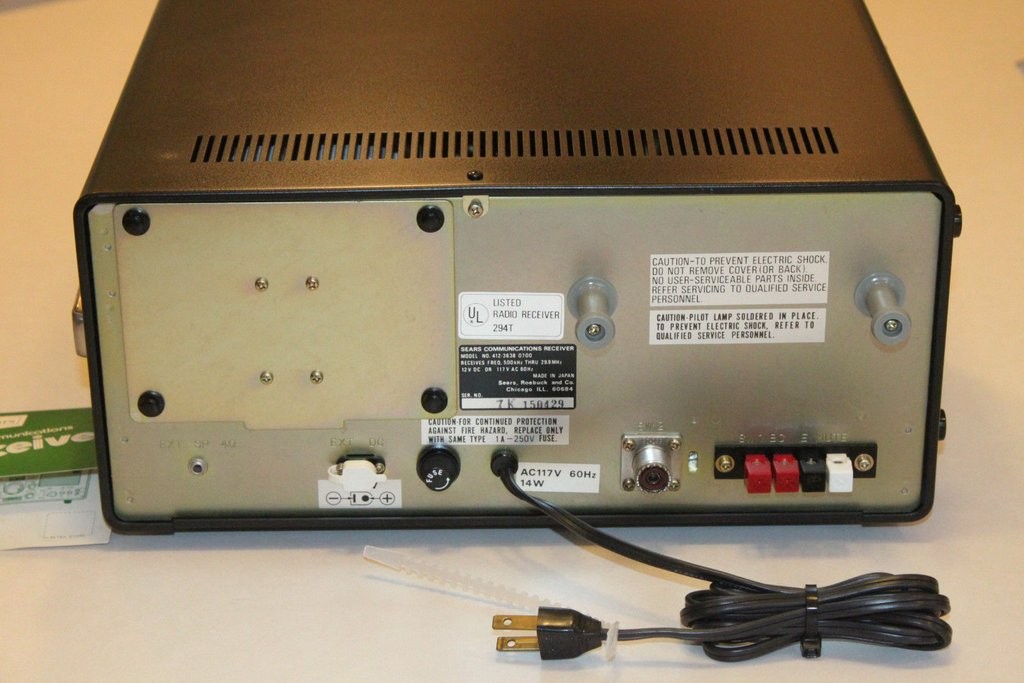
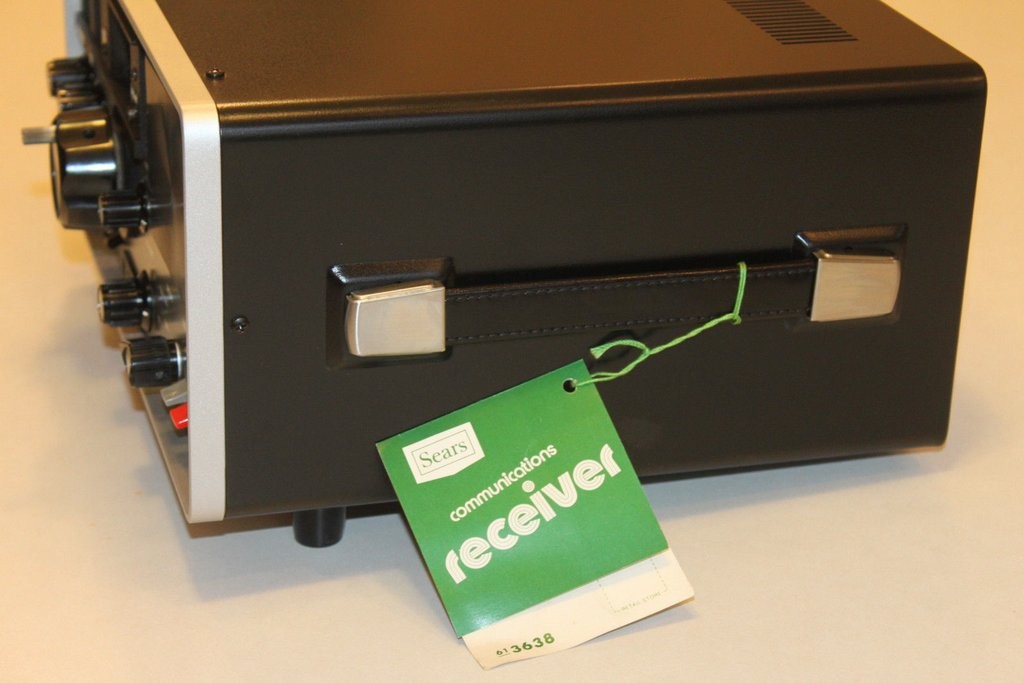
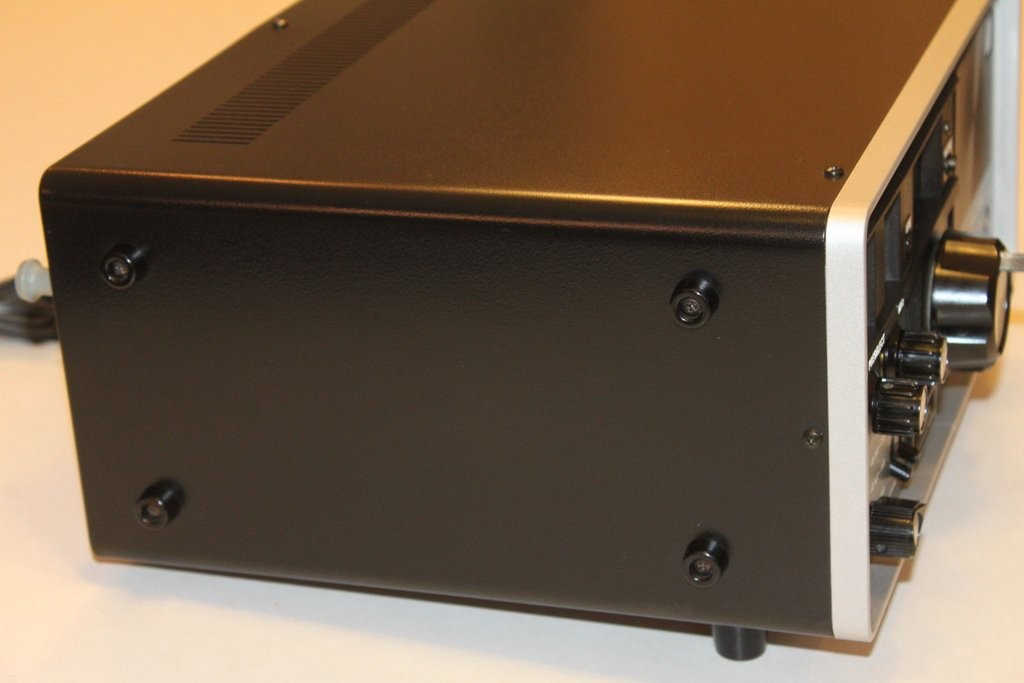
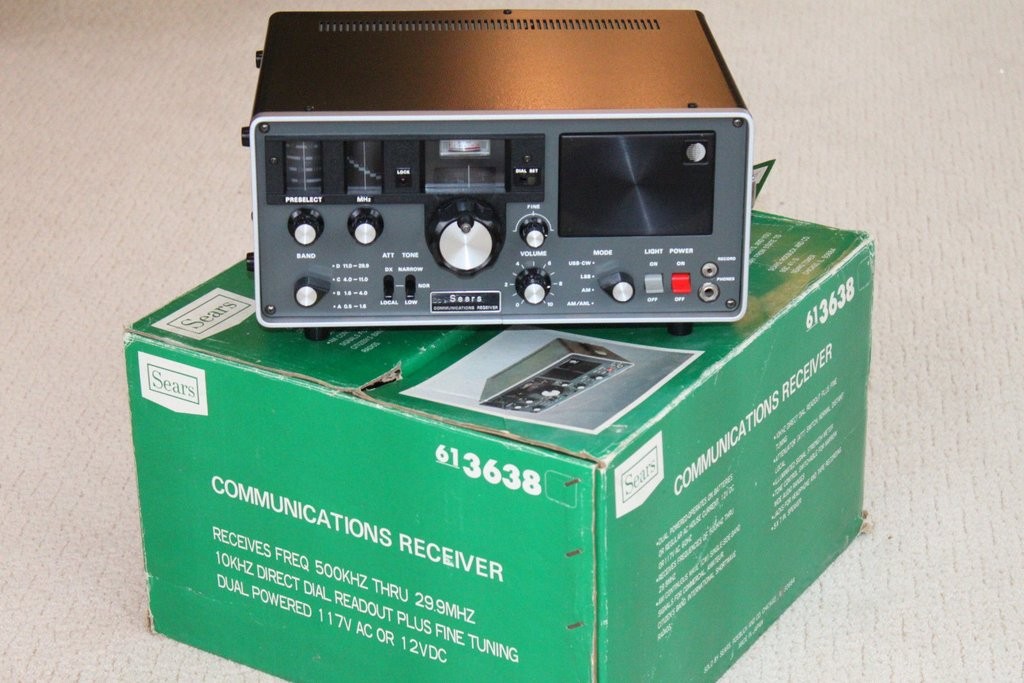

may i please buy this from you i had one that i bought it at the sears at the Lycoming Mall in Muncy ,Pa. it is exactly what you are showing here i had mine though modified by the GilferRadio people in Jersey…to have a digital readout on a box that i would set on the top of the radio…and they installed a 4khz filter in place of the 6khz unit that yaesu built them with…for better audio and for music to pass through…
I want this if any body want to asle tell me th last price
SOME ONE CAN EXPLAIN ME IN SPANISH WHAT IS THE USE OF THIS RECEIVER , BECAUSE I HAVE ONE
That’s about what you would pay for a new 23 channel AM/SSB Cb radio at that time, I know, I bought one back then for $300. Nowadays you can get a 40 channel AM/SSB radio for less than half the price!
Holy cow…$456 plus shipping. 🙂 According to this site
http://foxtango.org/frg7/foxtangofrg7.htm
the 1977 Sears price was $298. 😀
Interesting product:
http://www.gotoky.com/
Seems extremely similar to the Gotenna: http://www.gotenna.com/
Gotoky: only 0.5 W of power vs. the Gotenna’s 2 W
Gotoky: uses UHF FRS channels vs. Gotenna’s use of the MURS VHF bands, which have better propagation.
Gotoky also works as a normal walkie talkie on 460MHz.
Now that’s when Sears had good products. I had a Sears Silvertone portable all-bander that predates that, Should have waited. Tecscan should package their radios to more look like this.
I second it. they knew how to package them! hope Tecsan is listening. that is why I am waiting.
My SP 600 will have to do till then
Finding this NOS is quite exceptional but…
…I’ve had 2 FRG-7s through the years and it *is* a receiver with good audio and good sensitivity, and being a Wadley-loop triple conversion receiver with a proper preselector it can handle big antennas without a hitch, but selectivity is its tender spot. It was actually not even good enough in AM on the crowded shortwave bands back then and in SSB it’s hopeless since it only has a 7kHz/6dB ceramic filter for both. Of course there was a 3rd-party filter modification kit available in the 70s, cascading an extra filter for SSB which made it a more decent receiver, but I’ve never seen one that actually had it. I simply replaced the filter on my second “7” and I still don’t regret selling it back then.
So while it does have charme and some good properties, it’s quite widespread and IMO a not very collectible entry-level receiver, being one of the cheapest step-up options for the beginner SWL in the 70s. Not sure if it’s worth the (currently) $360, they’re usually selling for like 100 bucks.
This reminds me that there is a FRG7700 still sitting in my basement. The frontend is similar to it’s predecessor and without attenuation of 20dB or a very sharp preselector it was not usable in the evenings here in Europe. I replaced it with an NRD-525.
But with most stations leaving the airwaves perhaps I should give that old piece of equipment a second chance (?) …
Did you confuse that with the FRG-7000 by chance? IIRC that was for the most part still an FRG-7 (it also still had the preselector) with a digital frequency readout and a digital clock tacked on and a few other minor upgrades.
The FRG-7700 is indeed a quite different animal, being a “modern” PLL receiver design with a less overload-resilient band pass front end, but also less noise, individual and improved filters for each mode and FM discriminator. If that’s what you got tucked away in the basement, be careful with it. They like to die of a known vulnerability of a (can’t remember what it was exactly) display driver or PLL IC that was apparently impossible to replace even 15 years ago when mine croaked, you basically had to cannibalize another 7700 or a Kenwood R-1000 to get one of those. I think a telltale sign may have been some pronounced heat at the top right corner. Some recapping etc. may or may not be necessary.
I have an FRG-7 and really like it – I have no idea how it compares to other receivers, it’s just a fun, capable radio for playing around with. I always wanted one in the 70’s, then I found a really nice one on eBay about 10 years ago. The operation is a bit different, but once you figure it out, it’s really easy to work,
My next receiver was a Radio Shack DX-300, which I wanted for it’s digital readout – I think both radios are reasonably close in sensitivity/selectivity, but the FGG-7 *is* cool looking, the DX-300 looks like a plastic version of a military radio…
The DX-300 / 302 is one if a kind. I found it unstable for SSB if the room temperature changed. Also on listening to ground to aircraft comms, i would have to manually switch in the attenuator when the ground station transmitted. I still have mine, though. Radio Shack “tried”.